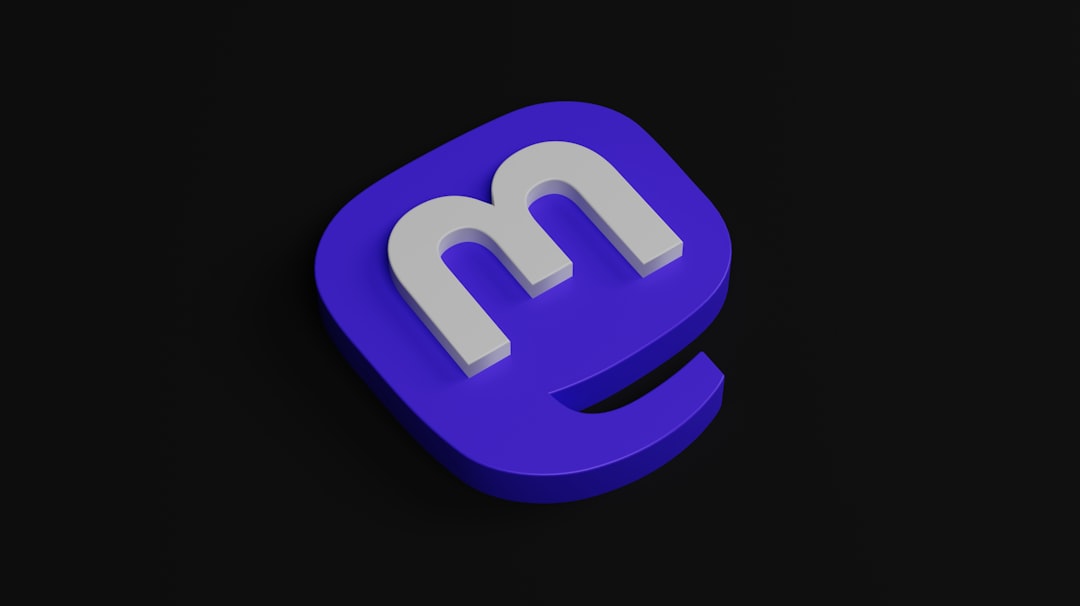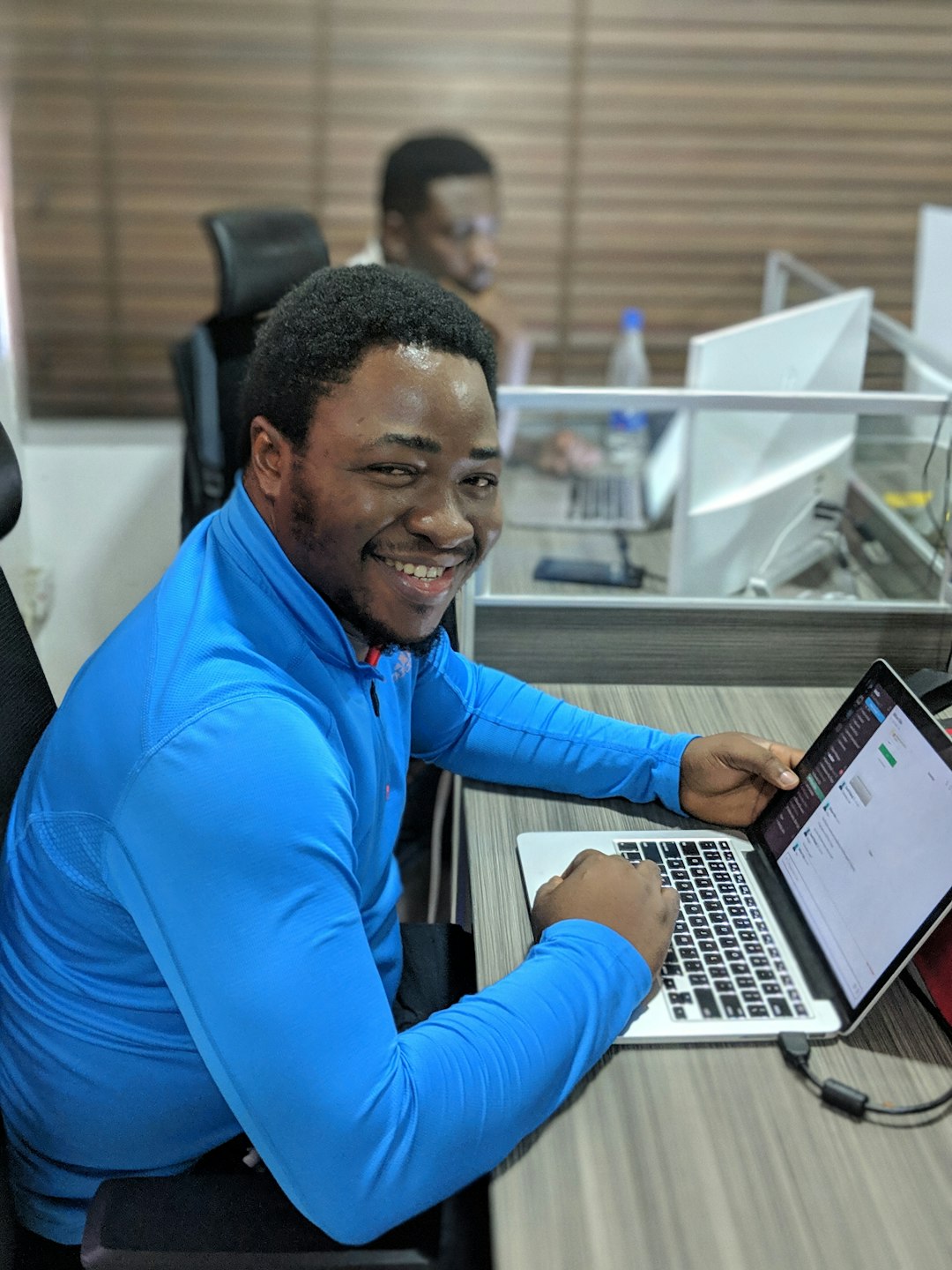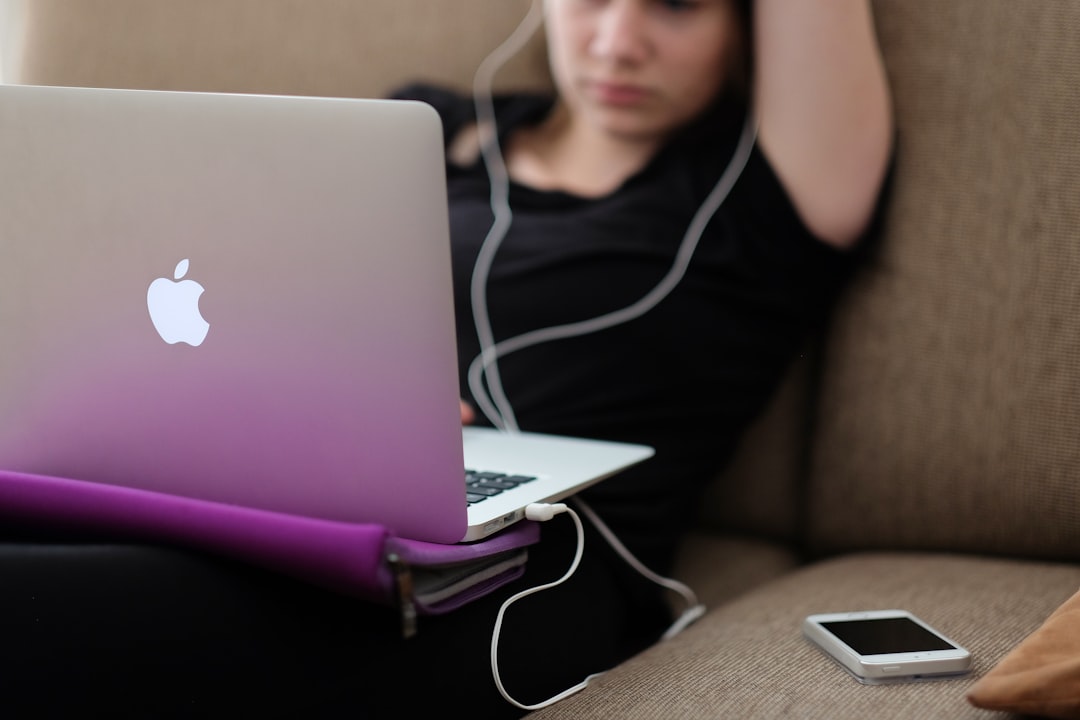Have you ever wondered how your phone recognizes faces or sorts your photo albums? That’s machine learning (ML) in action! And at the heart of ML is something powerful — a database full of images. In this guide, we’ll learn how to build your very own ML database using everyday cell phone images. It’s easier (and more fun) than you think!
Step 1: Understand What You’re Building
You’re not just collecting random pictures. You’re building a special kind of library — a training set for ML models. These models “learn” to recognize patterns from the images you give them.
For example: Want your model to detect cats in photos? Then you’ll need lots of pictures of cats — from every angle!
Step 2: Choose a Clear Goal
Before snapping pics, decide on your project’s purpose. This helps you focus your effort and keeps your dataset clean.
Here are a few fun example goals:
- Identify different breeds of dogs
- Sort fruit photos by type
- Detect selfies versus group shots
Your goal will decide the type of images you need.
Step 3: Start Collecting Images
Now comes the exciting part — photo time!
Use your phone to take as many pictures as you can. Keep these tips in mind:
- Use different lighting (sunlight, indoor, night)
- Take pictures from different angles
- Get some blurry or messy shots too
Why? Because real-world data isn’t perfect. The more variety you have, the smarter your ML model becomes.

Step 4: Label Your Images
This step is super important. Each photo needs a name — a label — that tells the model what’s in it.
Here’s how you can label your files:
- “apple_01.jpg,” “apple_02.jpg” … for apples
- “banana_01.jpg”… for bananas
If you’re building a bigger dataset, use tools like:
Step 5: Organize Everything Neatly
Keep your image files in tidy folders. For example:
dataset/ ├── apples/ ├── bananas/ └── oranges/
This structure helps ML tools understand the categories without extra coding. Handy, right?
Step 6: Resize and Clean Your Data
Phone pictures can be large — too large for training purposes. Use image tools to make them smaller (like 224×224 pixels). This saves space and helps your model train faster.
You can use free tools like:
- Photoshop or GIMP
- Python libraries like Pillow or OpenCV
Step 7: Augment Your Dataset
Don’t have a huge number of images? No problem! You can artificially create more using a process called data augmentation.
Try flipping, rotating or adding filters to your images. This gives your learning model a fresh perspective and boosts accuracy.

Step 8: Test Before You Train
Split your images into two groups:
- Training data – 80%
- Test data – 20%
This way, you’ll know if your model is actually learning or just memorizing.
Step 9: Store It Safely
Once your dataset is ready, back it up!
- Use cloud storage (Google Drive, Dropbox)
- Or store it on an external hard drive
You don’t want to lose your hard-earned images, right?
Step 10: Train and Have Fun
Now you’re ready to build your first image recognition model! Try using platforms like:
- Teachable Machine
- TensorFlow
- PyTorch
Upload your database, set the rules, and let the learning begin!
Tip: Keep monitoring how well your model performs. Refine and update your image collection over time.
You’re Now an Image ML Hero!
By following these steps, you’ve turned your phone into a powerful image-collecting machine. Better yet, you’ve built a database that machines can actually learn from.
With more creativity, you can expand your dataset, add new categories, or even build an app with it!

Go on — snap, label, learn, repeat!

